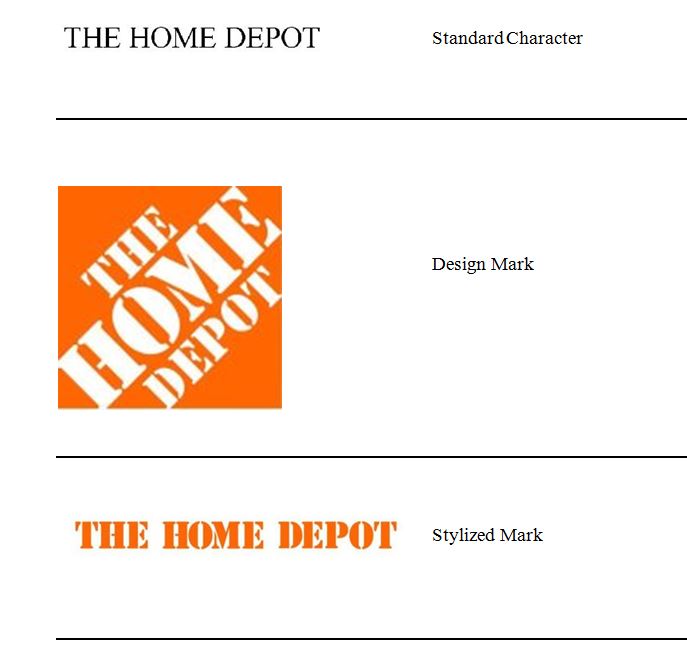Can Social Media Use Save a Trademark?
Maintaining a social media profile has become standard practice for most businesses advertising their services. Savvy trademark owners may also know that they must “use” their mark in order to establish trademark rights – meaning that the mark must be actually used in connection with providing a good or service. But what type of use is sufficient? Is simply using a mark on a Facebook or Twitter profile enough to show “use” of the mark for trademark purposes? A Trademark Trial and Appeal Board (TTAB) decision says no, but offers useful guidance to trademark owners on using “analogous” trademark use to establish trademark rights. The decision is The PNC Financial Services Group, Inc. v. Keith Alexander Ashe dba Spendology and Spendology LLC.
Spendology attempted to register the mark SPENDOLOGY for web-based personal finance tools. PNC Financial Services Group (PNC), which used the same mark for an “online money management tool,” opposed Spendology’s application, claiming that PNC had used the mark first. Both parties filed motions for summary judgment for likelihood of confusion and priority.
Read More

 Given that trademark registration can be a costly process – filing fees for initial application for registering a single trademark are anywhere from $275 to $375 per class – smart business owners seeking to protect a unique brand will evaluate whether and how to register for a standard character trademark (name only) and/or logo trademarks.
Given that trademark registration can be a costly process – filing fees for initial application for registering a single trademark are anywhere from $275 to $375 per class – smart business owners seeking to protect a unique brand will evaluate whether and how to register for a standard character trademark (name only) and/or logo trademarks.